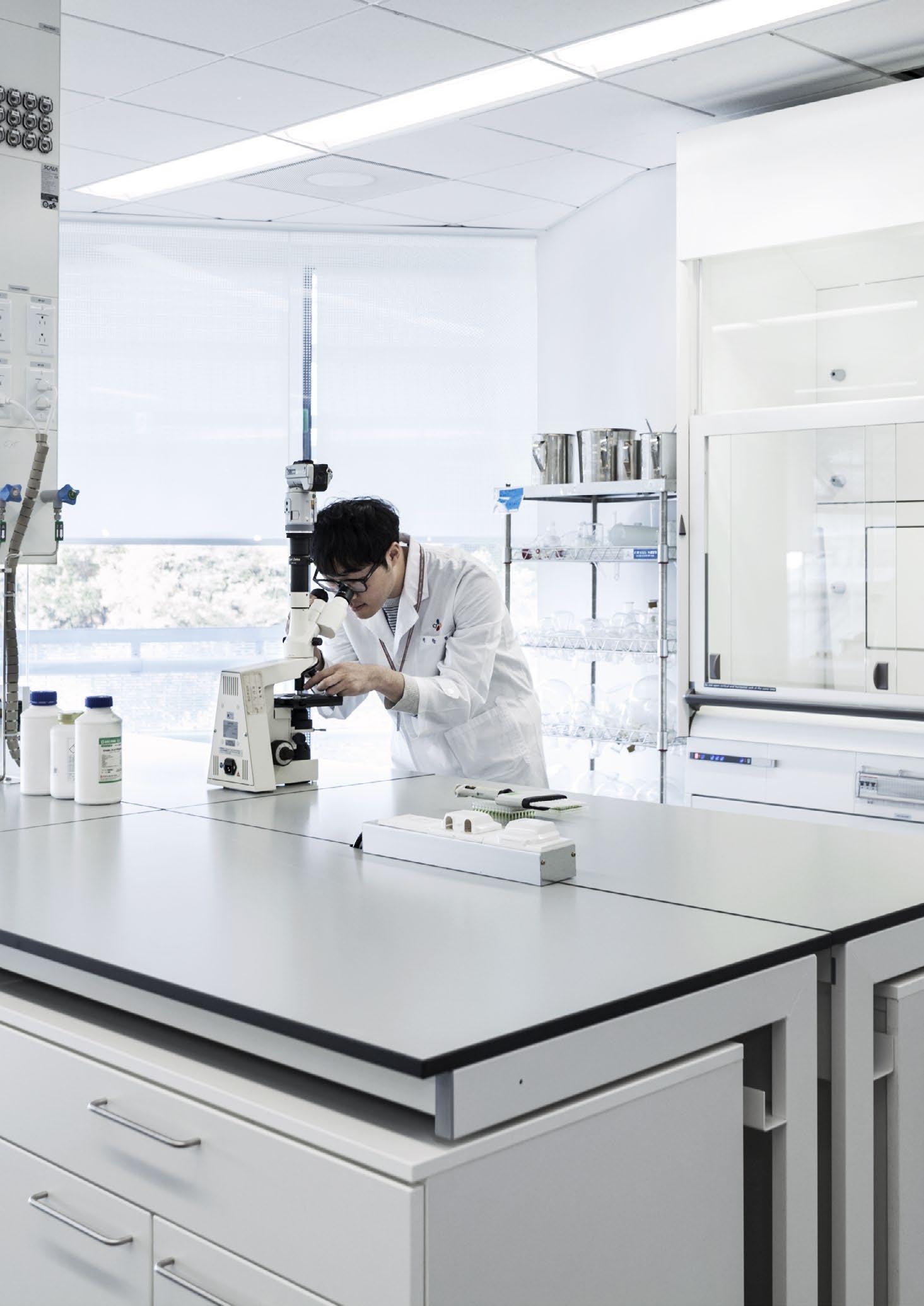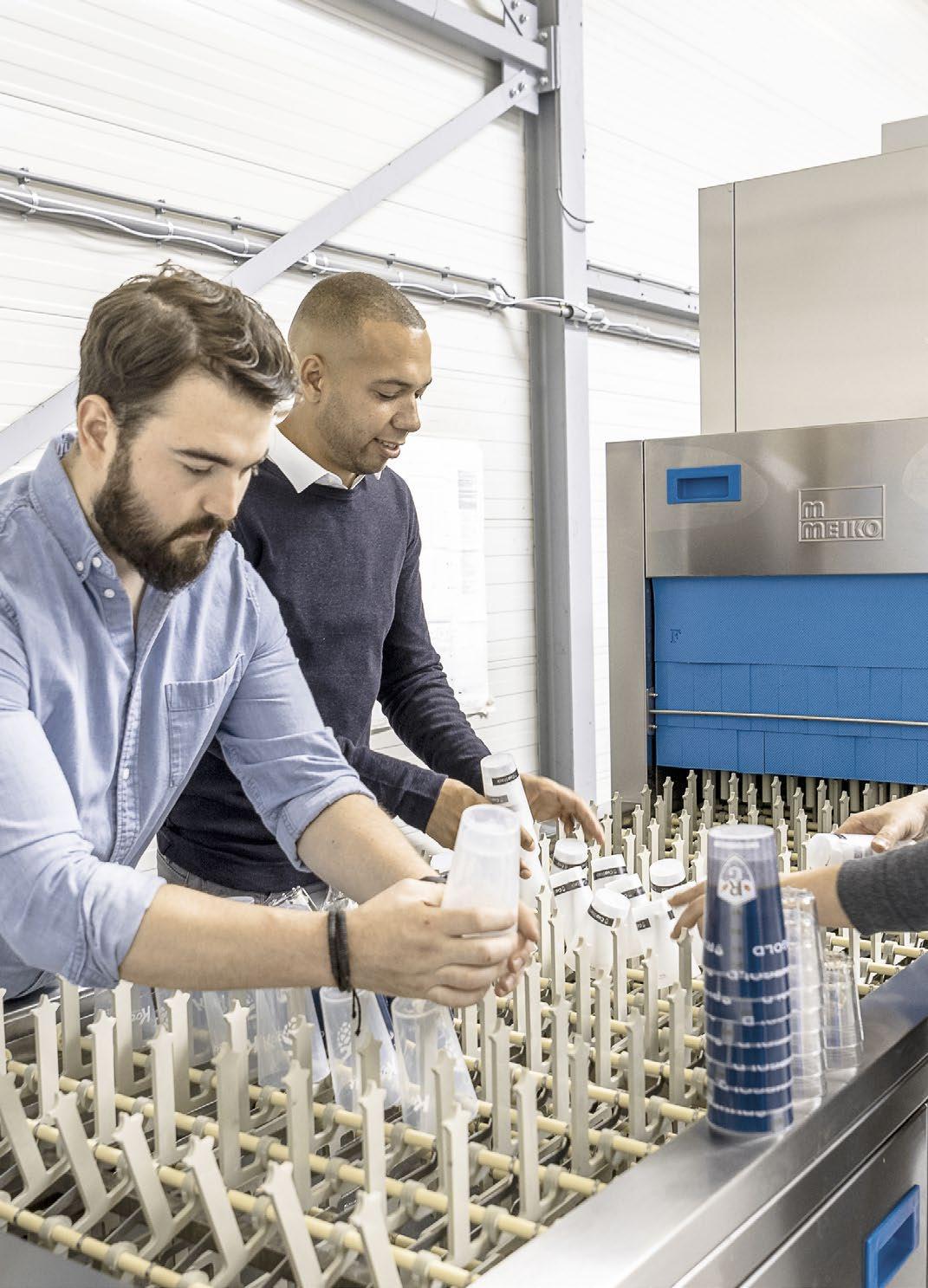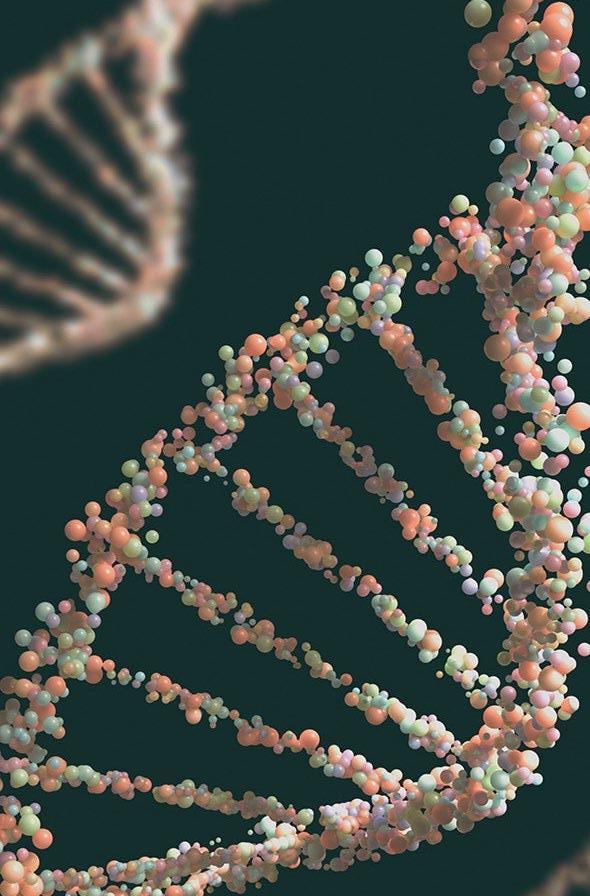
4 minute read
Clean Air Initiative ClAAS supports “Clean Air Initiative” by offering practical solutions and alternatives
Photo: Cane burning in Thailand
Clean Air Initiative
Advertisement
By Jan-Klaus Tobias, Managing Director, CLAAS Regional Centre South East Asia and Kruewan Thong-Om, Marketing Manager
Watch CLAAS QUADRANT 4200 and CLAAS Tractor baling sugar cane leaves at Lopburi, Thailand: https://www.youtube.com/watch?v=w_bVU1UANrg&t=7s
It is undeniable that sugar cane is one of a major crop and source of sugar for several countries, including Thailand and Australia. Both are among the largest sugar cane producers in the world. However, burning of sugar cane residue has been a topic for serious discussions for years, as it is a big contributor to the air pollution problem.
In Thailand every year around November, a sudden increase in air pollution levels can be seen all over the country, especially in Bangkok. At the same time, the harvesting season of sugar cane begins – a timing that is not a coincidence. It has been common practice to burn sugar cane fields before the harvest to allow faster cutting by hand, once the sharp leaves had been burned off. The process of manual harvesting can take up a long time and burning can make it faster.
Accordingly, the German Thai Chamber of Commerce (GTCC) under its’ leadership of Dr. Roland Wein, has started the “Clean Air Initiative”. Several working groups had been established, to suggest practical ways of how to reduce air pollution particularly around central Thailand. Pro-active member companies with experience in reduction of CO2 emissions and from the renewable energy sector have since then teamed up, to suggest practical ways of reducing air pollution.
As the seasonal burning of sugar cane leaves appears to be a major factor, CLAAS, as an ag-machinery manufacturer and a member of the agriculture working group of the GTCC initiative, has started implementing ways of reducing pollution by promoting the collection and baling of the sugar cane residue.
Rising mechanisation with sugar cane harvesters already requires less pre-harvest burning; however, the leaves are still left on the field as waste material after the harvest. The fields need to be cleared quickly to start the next cropping cycle, and thus burning has often been the first choice; the result is heavy air pollution. Although often referred to as sugar cane trash, the agricultural residue is valuable fuel for power plants to generate green energy. Here, with its QUADRANT square baler, CLAAS offers a practical solution to allowing easier and faster collection of sugar cane leaves. This serves two key purposes – fulfilling the material demand of e power plants while clearing the fields for the next crop.
“Power plants can sustainably source material locally, farmers can earn additional income from selling the sugar cane straw and, above all, heavy air pollution caused by field burning can be avoided – it is a win-win situation for everyone”, explains Mr Jan-Klaus Tobias, Managing Director of the CLAAS Regional Centre South-East Asia.
Some time ago, Asia’s biggest sugar and bio-energy producer bought six CLAAS QUADRANT 4200 square balers as an attempt to realise the goals set by the “Stop Burning” national programme in Thailand. The CLAAS QUADRANT has proved to be particularly efficient and reliable, which is why word of the CLAAS QUADRANT had spread rapidly throughout the agricultural industry. Farmers and contractors saw the benefits and have since made use of the QUADRANT. This has made the CLAAS QUADRANT square baler the most popular choice for baling biomass in tough conditions all over Thailand.

CLAAS QUADRANT Square baler baling cane leaves in Thailand
Collect sugar cane leaves with CLAAS QUADRANT 4200
The CLAAS QUADRANT 4200 is the most recent model for sugar cane leaves baling. Compared to small square balers, the QUADRANT’s main benefit is its higher throughput, wherefore the field can be cleaned faster allowing the sugar cane plants to start growing for the next harvest season earlier. Moreover, the high-density baling of sugar cane leaves provides significant savings on transport costs by utlising the full weight capacity during truck transport. The bale size of 1.2 m width, 0.7 m height and an adjustable bale length of up to 3 m ensures that local trucks can be loaded and unloaded quickly while constantly maintaining high stability during transport on the field and the road. All these benefits make the CLAAS QUADRANT 4200 the ideal choice for baling sugar cane leaves and other crop residue.
One distinctive feature of the CLAAS QUADRANT is that the baling pressure is controlled not just by the load on the main frame, but also the twine tension. As the driver, you have a clear view of the load limits at all times, with no need to intervene directly. The automatic baling pressure system detects and adjusts the baling chamber accordingly to keep a consistent baling quality in all conditions.
About us
CLAAS (www.claas-group.com) is a family business that was founded in 1913 and is one of the world’s leading manufacturers of agricultural engineering equipment. The company, with corporate headquarters in Harsewinkel, Germany, is the European market leader in combine harvesters. CLAAS is also the world leader in another large product group, selfpropelled forage harvesters. CLAAS is also a top performer in world-wide agricultural engineering with tractors, agricultural balers and green harvesting machinery. The CLAAS product portfolio also includes state-of-the-art farming information technology. CLAAS employs around 11,395 workers worldwide and reported a turnover of 4.04 billion euros in the 2020 financial year.










